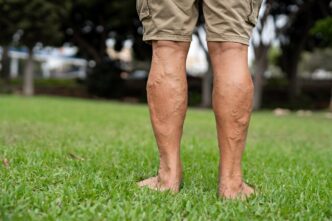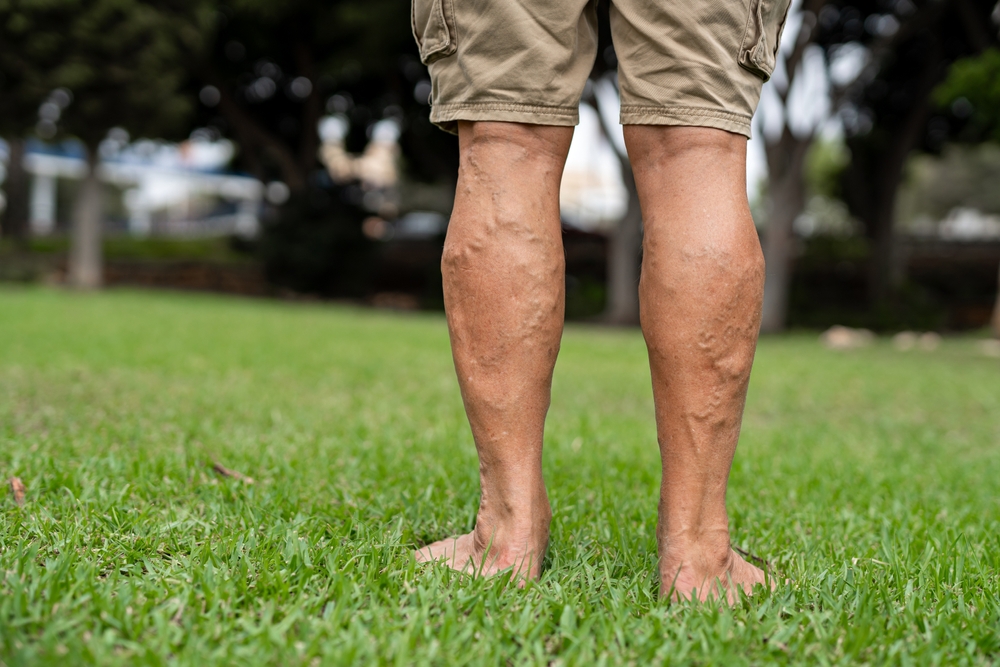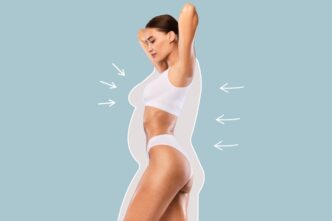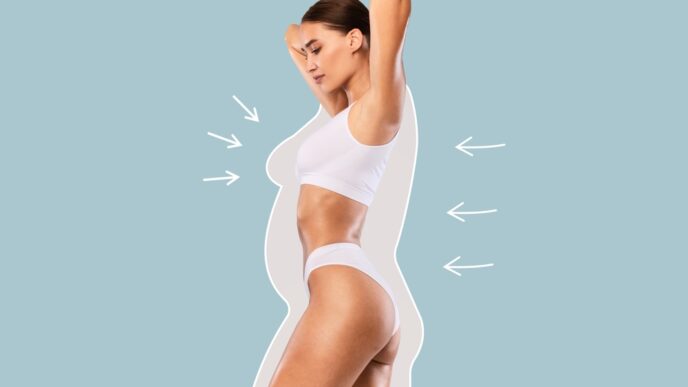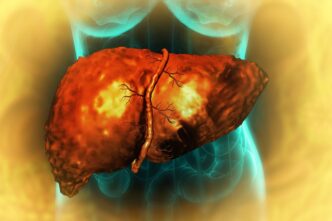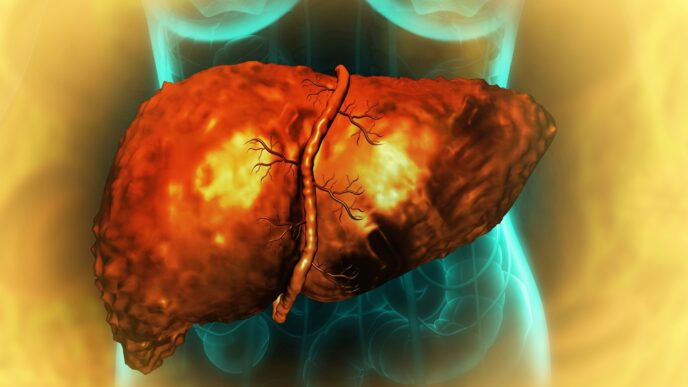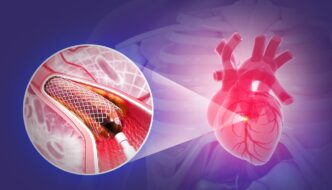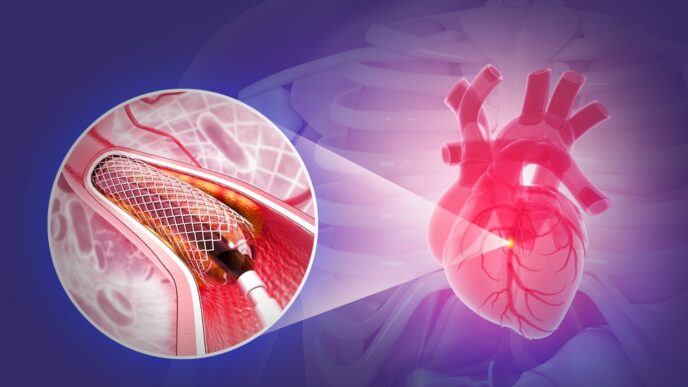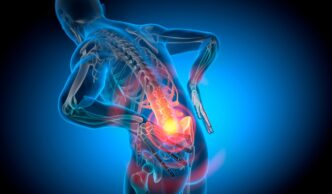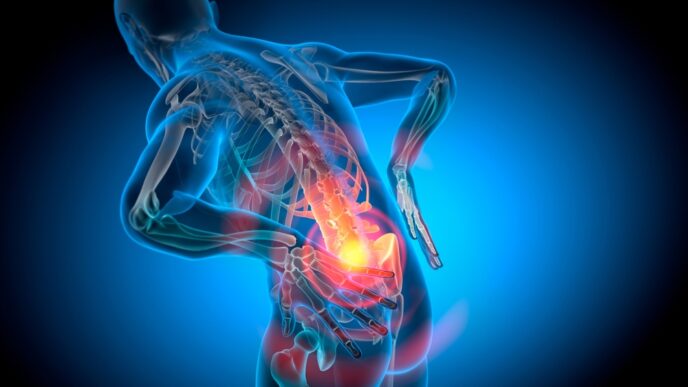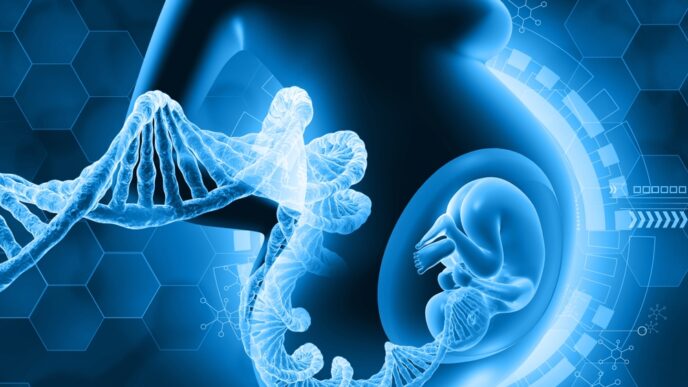Worried about varicose veins? They’re more than just a cosmetic issue; over time, they can affect your quality of life. In this article, a vascular surgeon breaks down the best treatment options to rid your legs of varicose veins.
WORDS LIM TECK CHOON
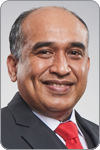 FEATURED EXPERT FEATURED EXPERTDR NARESH GOVINDARAJANTHRAN Consultant General and Vascular Surgeon Sunway Medical Centre |
VARICOSE VEINS EXPLAINED
- Dr Naresh Govindarajanthran explains that varicose veins are swollen, tortuous veins that appear just under the skin, usually on the legs.
- Unlike normal veins, which smoothly transport blood back to the heart, varicose veins are due to impaired venous flow, causing them to bulge and become rope-like.
| The word ‘tortuous’ is used to describe the twisted, winding, and irregularly shaped nature of varicose veins. |
HOW DO VARICOSE VEINS COME ABOUT?

- “Inside your veins are tiny valves that keep blood moving toward the heart,” Dr Naresh tells us.
- When the valves are closed, they keep blood from flowing backward in the vein.
- When these valves weaken or fail, blood will then flow backward and pool in the veins, leading to increased pressure. This can cause veins to stretch, twist, and bulge, therefore turning them into varicose veins.
WHAT HAPPENS IF VARICOSE VEINS ARE LEFT TO PROGRESS OVER TIME?
Dr Naresh explains that varicose veins can go through several stages over time.
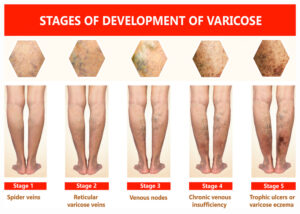
Dr Naresh points out that most people are most concerned about the unsightly appearance of their varicose veins.
- They become self-conscious of wearing clothes that expose these veins, such as shorts or skirts.
- Eventually, they may choose to limit their appearance in public. This could affect their mental well-being.
Varicose veins, however, can lead to other issues that can affect one’s quality of life, such as:
- Pain in the affected limb
- Non-healing ulceration in the affected limb
- Persistent itch in the affected limb that can lead to constant scratching; wound or ulcer may form because of constant scratching of the skin
The Link between CVI and Varicose Veins
- Chronic venous insufficiency (CVI) is a broad term for medical conditions caused by our veins struggling to return blood to the heart, leading to swelling, skin changes, and even ulcers.
- CVI often develops after long-term untreated varicose veins or deep vein issues.
- Varicose veins can be a sign of CVI, but not everyone with CVI has visible varicose veins.
- Common symptoms of CVI include:
- Varicose veins (see the previous point)
- Persistent leg swelling
- Skin discoloration, usually brownish pigmentation
- Thickened, leathery skin
- Venous ulcers or slow-healing wounds
Therefore, if you have varicose veins, it is a good idea to see a doctor about the possibility of also having CVI. Treating varicose veins early can help prevent CVI from progressing.
WHICH DOCTOR SHOULD YOU SEE?
Concerned about the Appearance of the Small Varicose Veins?
- Dr Naresh says that it is fine to consult an aesthetic doctor about treatments, such as laser treatments, that can improve the appearance of these veins.
- However, do consult licensed, registered aesthetic doctors. Avoid beauty centres that do not have medically trained staff.
If You Develop Symptoms Such as Pain, Persistent Itch, and Ulceration
- It is best to see a doctor, including general practitioners.
- A vascular surgeon can perform the necessary surgical procedures to remove varicose veins that are interfering with one’s ability to lead a normal life.
Additional DIY Self-Care for Varicose Vein Issues
|
GAME-CHANING INNOVATIONS IN SURGICAL PROCEDURES FOR VARICOSE VEINS
These innovations have allowed vascular surgeons to perform minimally invasive procedures in most cases.
Endothermal Surgery
According to Dr Naresh, endothermal surgery is a minimally invasive treatment that uses heat energy to seal off faulty superficial veins.
- Sealing off these veins causes blood to stop pooling in the leg and forcing the blood to reroute through healthier veins.
- Over time, the treated vein shrinks and is not visible anymore.
There are two common types of endothermal procedure, each with its own pros and cons. The choice of procedure is usually determined on a case-by-case basis as well as on the availability of equipment and facilities.
Type 1: Endovenous laser ablation (EVLA)
- This is one type of endothermal surgery. It is usually carried out in a special room due to the use of high temperature.
- A laser fibre is inserted into the varicose vein through a small catheter.
- The laser fibre emits intense heat that seals off the vein.
- This procedure is highly effective, allows for quick recovery, and doesn’t leave major scars on the leg.
- However, there is a risk of bruising and pain after the procedure.
Type 2: Radiofrequency ablation (RFA)
- Another type of endothermal surgery.
- The surgeon will insert a catheter with a radiofrequency electrode into the varicose vein.
- This radiofrequency electrode emits controlled heat (around 120°C) to seal off the vein.
- Because this procedure uses a lower temperature than EVLA, the pain and bruising tend to be less. It can also be performed without the need for a special room.
- However, this procedure is not suitable for very tortuous varicose veins.
Endovenous Glue Ablation (EVGA)
- A certain type of glue is injected into the vein, thus sealing it.
- Benefits include less pain and can be done as an office-based procedure.
- The drawback is that the patient would feel a persistent hardening sensation of the veins.
Mechanochemical Ablation (MOCA)
- It involves usage of a drug and catheter to seal the vein.
- The advantage of the procedure is that it can be done with local anaesthesia.
- The drawback is that the recurrence rate is the highest of all the available options.
TREATING VERY TORTUOUS VEINS
While endothermal ablation is a proven successful and safe treatment for varicose veins, they involve the use of a catheter.
Because of this, the procedure can be very tricky to perform on very tortuous varicose veins, as the surgeon cannot easily thread the catheter through such veins.
Dr Naresh shares that, fortunately, there are other options that can be performed on such tortuous varicose veins.
- A chemical solution is injected directly into the vein to seal the vein.
- A minimally invasive surgical procedure, with the surgeon making tiny incisions (about 1 to 3 mm) along the vein, and then physically removing sections of the vein using a small hook.
Are the Varicose Veins Permanently Gone After Treatment?
|
DON’T LET VARICOSE VEINS HOLD YOU BACK FROM HAVING A GREAT LIFE!
- With advanced treatments like EVLA and RFA, finding relief from the bother and even pain from varicose veins is easier than ever.
- These minimally invasive options offer high success rates and fast recovery, so you can get back to feeling your best in no time.
| This article is part of our series on the latest developments in medical treatments. |

